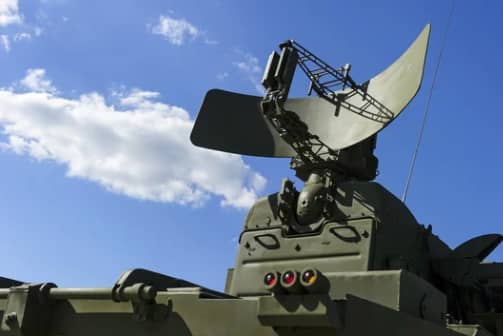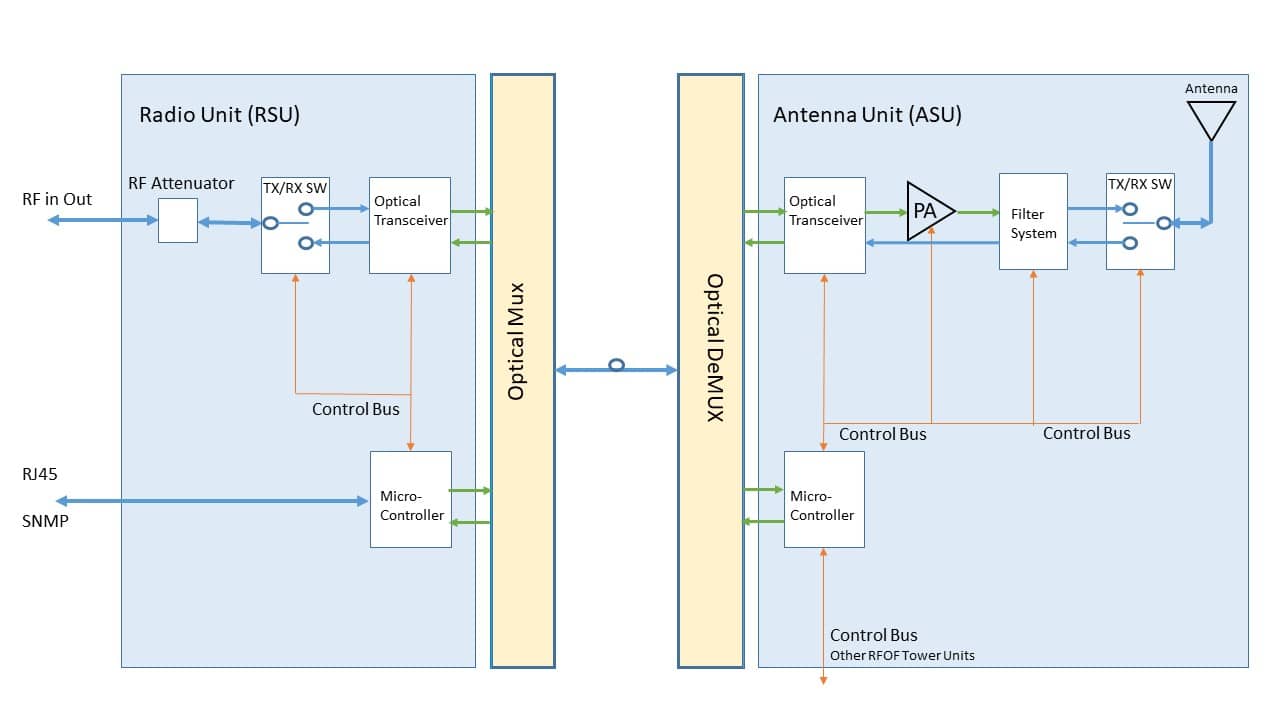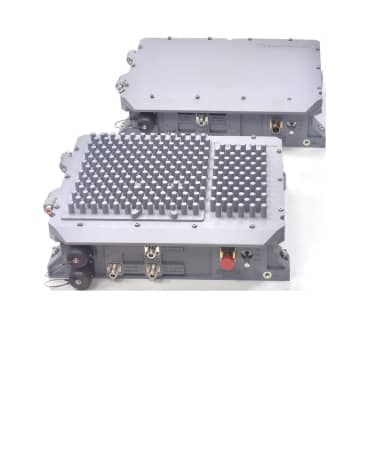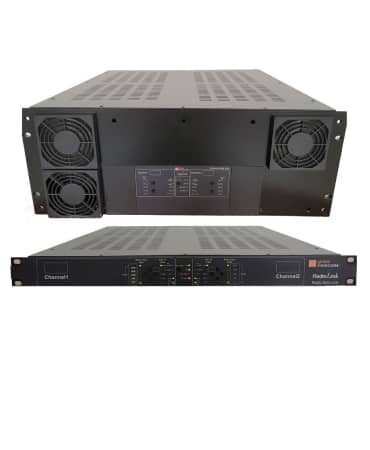MIL certified and customized RF housing, remote sensing, power amplification and time distribution solutions
Remote Antenna placement for HF/VHF/UHF Radios
Fixed or mobile Satellite earth stations connecting dishes to the headend equipment
Remote Antenna placement for HF/VHF/UHF Radios
Fixed or mobile Satellite earth stations connecting dishes to the headend equipment

Military and Defense
The Challenge:
To provide secure, lightweight, compact, ruggedized, RF optical connectivity within a harsh military environment.
The Solution:
Global Foxcom’s customized RFOF solutions provide seamless RF connectivity over a single-mode fiber cable to remote satellite or UHF/VHF antennas. These RFOF links operate from DC to 18GHz to cover a wide range of up and down link applications.
Turnkey Benefits of Global Foxcom's Military Solutions
Using FIBER rather than coax cables has multiple advantages
Versatile
Combine multiple analogue/digital signals over fiber
Customizable
Adapts to customers' specific needs
Limitless
Supports solutions for point to point and point to multipoint schemes at any fiber distance
Mil STD Options
Ensure system quality and performance requirements are met
High Power
Support High RF/Optical power for better coverage
Speed
Support Rapid signal processing and fast RF switching for any RF hopping signal type
Our Technology
Global Foxcom’s HF/VHF/UHF Remote Antenna Placement technology, Radio Link, uses a standard antenna port on any HF/VHF/UHF radio to transmit encrypted radio signals to remote locations via fiber.
FAQs
What are the key RF applications in military operations?
- Secure communication systems
- Radar and surveillance systems
- Electronic warfare (EW)
- Navigation and GPS systems
- Missile guidance and defense systems
- Unmanned aerial vehicle (UAV) communications
What frequency bands are commonly used in military RF applications?
Military RF applications use a range of frequencies, including:
- HF (3-30 MHz) for long-range communication
- VHF (30-300 MHz) and UHF (300 MHz-3 GHz) for tactical communication
- L, S, C, X, Ku, and Ka bands for radar and satellite systems
- Millimeter-wave (30-300 GHz) for advanced targeting and imaging
What are the challenges in RF military applications?
- Signal interference and jamming threats
- Limited spectrum availability and allocation
- High-power consumption and heat dissipation
- Adapting to evolving electronic warfare threats
- Ensuring compatibility and interoperability of systems
What advancements are shaping the future of military RF technology?
- AI-driven RF signal analysis and threat detection
- 5G and beyond for high-speed, secure military communication
- Miniaturization of RF components for lightweight, portable systems
- Quantum communication for unbreakable encryption
- Directed energy weapons using high-power RF pulses


